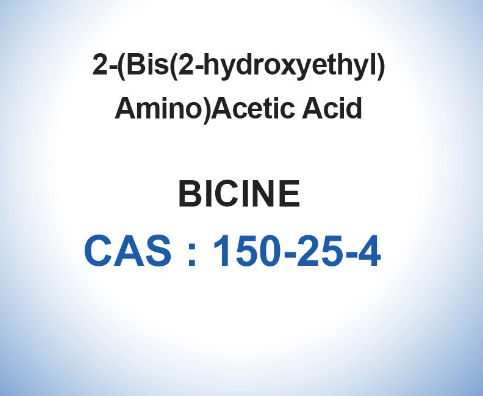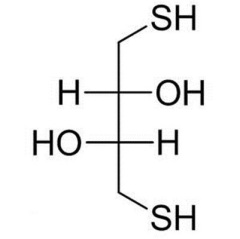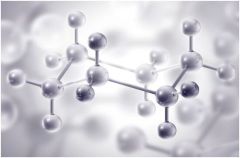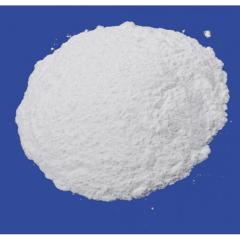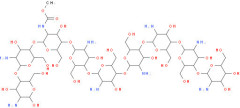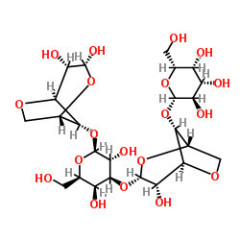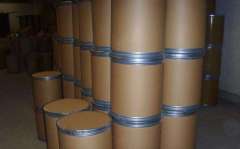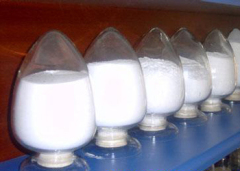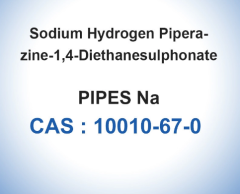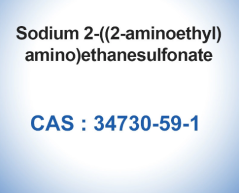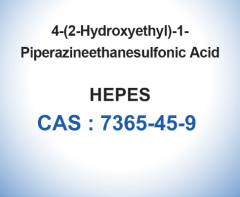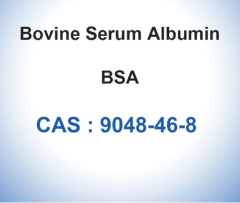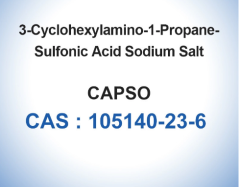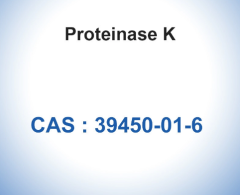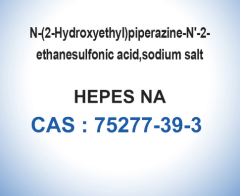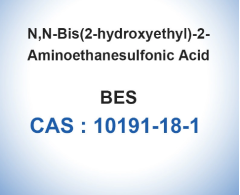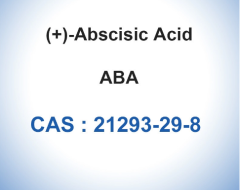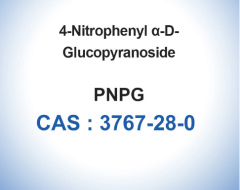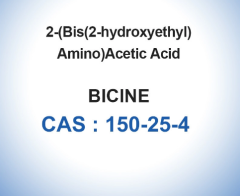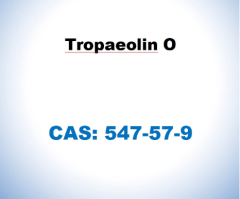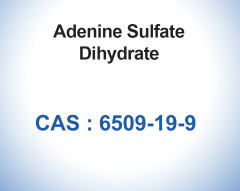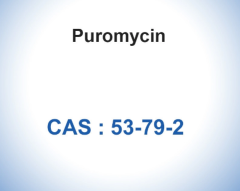
|
NINGBO OUMAN PHARM CO LTD
|
CAS 150-25-4 Bicine Bioreagent Biological Buffer 99% Purity
| Payment Terms: | T/T |
| Place of Origin: | Zhejiang, China (Mainland) |
|
|
|
| Add to My Favorites | |
| HiSupplier Escrow |
Product Detail
CAS 150-25-4 Bicine Bioreagent Biological Buffer 99% Purity
CAS 150-25-4 Bicine Bioreagent Biological Buffer 99% Purity
Bicine, also known as N,N-Bis(2-hydroxyethyl)glycine, is a zwitterionic amino commonly used as a buffering agent in biochemical and biological research. It is structurally similar to glycine but contains two hydroxyethyl groups in addition to the amino and carboxyl groups.
Here are some key points about Bicine:
Chemical formula: C6H13NO4
Molecular weight: 163.17 g/mol
Buffering capacity: Bicine has a pKa value of approximately 8.3, making it effective as a buffering agent in the pH range of approximately 7.6 to 9.0.
Solubility: Bicine is highly soluble in water and is also soluble in polar organic solvents like methanol and ethanol.
Applications: Bicine is commonly used in various biochemical and biological applications that require a stable pH environment.
Electrophoresis: Bicine is often used as a buffering agent in polyacrylamide gel electrophoresis (PAGE) systems for the separation of proteins and peptides. It helps maintain the appropriate pH for optimal resolution and migration of biomolecules.
Enzyme assays: Bicine is employed in enzyme assays to provide a stable pH environment for enzymatic reactions. It helps maintain the activity and stability of enzymes.
Cell culture: Bicine is sometimes utilized as a buffering agent in cell culture media, particularly for certain types of cells that require a narrower pH range for optimal growth and viability.
Protein purification: Bicine can be used as a component in protein purification buffers to maintain the desired pH during the purification process.
Safety considerations: Bicine is generally considered safe to handle if standard laboratory practices for chemical handling are followed. However, it is always important to review and adhere to specific safety guidelines, including the use of appropriate personal protective equipment (PPE), when working with any chemical compound.
Bicine is commercially available as a powder and is typically dissolved in water to prepare the desired buffer solution at the desired concentration. The pH of a Bicine solution can be adjusted by adding either Bicine or /base solutions to increase or decrease the pH, respectively.

